Hello,
Below is a guide and checklist that you can copy, chop up, edit, and make your own.
Pre-Composition
1. Define the Purpose and Vision:
- Determine the purpose of the composition (e.g., film scoring, personal project, commercial music).
- Clarify the vision and desired emotional impact of the piece.
2. Research and Inspiration:
- Conduct research on relevant genres, styles, or musical references.
- Gather inspiration from existing music or other artistic mediums.
3. Set Parameters and Constraints:
- Determine any specific guidelines, requirements, or limitations for the composition (e.g., duration, instrumentation, key, tempo).
4. Establish a Composition Timeline:
- Set a realistic deadline or timeline for completing the composition.
Composition Process
1. Conceptualization:
- Brainstorm musical ideas, themes, or motifs that align with the purpose and vision.
- Explore different harmonies, melodies, rhythms, and textures.
2. Structure and Form:
- Determine the overall structure and form of the piece (e.g., ABA, verse-chorus).
- Outline the sections, transitions, and any recurring themes.
3. Melody and Harmony:
- Develop a captivating and memorable melody that resonates with the intended emotion. I’ve found writing the hook, theme or motif first helps me to develop a much stronger finished piece.
- Experiment with harmonies, chords, and progressions that enhance the melodic content.
4. Instrumentation and Orchestration:
- Select appropriate instruments or sounds that complement the desired mood and genre.
- Arrange the musical elements to create a balanced and effective orchestration.
5. Dynamics and Expressiveness:
- Incorporate dynamics, articulations, and other expressive techniques to enhance the musicality and emotional impact.
6. Revision and Iteration:
- Continuously review and refine the composition, making necessary adjustments to improve its overall quality and coherence.
Post-Composition
1. Self-Evaluation:
- Listen to the composition critically and objectively.
- Identify areas that need improvement or further development.
2. Seek Feedback:
- Share the composition with trusted individuals, such as fellow musicians or mentors.
- Gather constructive feedback and consider different perspectives.
3. Editing and Refinement:
- Incorporate feedback and make necessary revisions to enhance the composition's strength and impact.
4. Proofreading and Documentation:
- Double-check the composition for any errors or inconsistencies.
- Document important details, such as tempo, key, and instrumentation, for future reference.
5. Finalization:
- Complete any final touches, such as fine-tuning the mix or mastering.
- Ensure that the composition meets the specified guidelines and constraints. If you’re submitting to a website such as taxi.com double check the opportunity reference details/numbers (include it in the file name if it’s been written specifically for an opportunity). Triple check the track duration if you’re close to the minimum or maximum length…I’ve had rejections because a track was 3 seconds longer than the max!
6. Celebrate and Archive:
- Celebrate the completion of the composition and acknowledge your creative accomplishment.
- Organize and archive the composition in a structured manner for easy access and future use.
Remember, this template serves as a starting point, and you can customize it based on your specific needs and preferences. Adapt the checklist to your own creative process, and feel free to add or remove steps as necessary. May your checklist help you streamline your workflow, stay disciplined, and foster creativity in your compositions.

